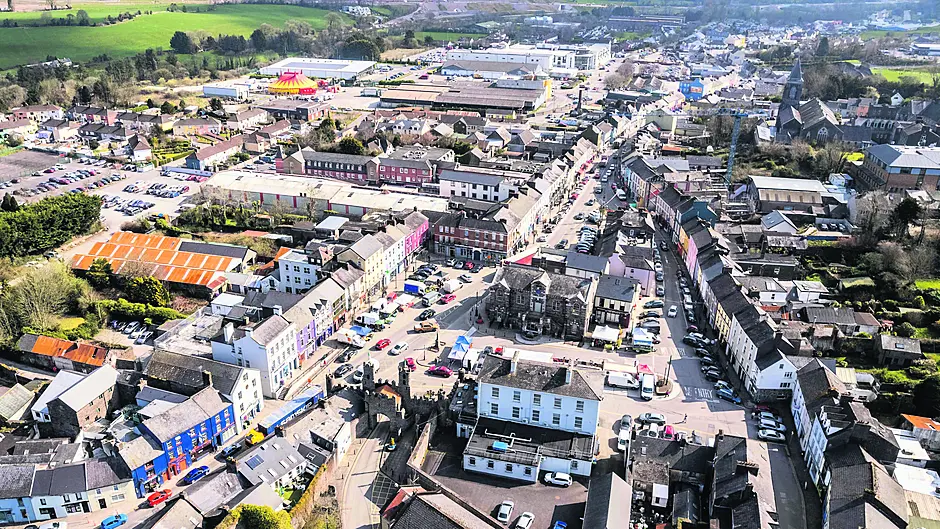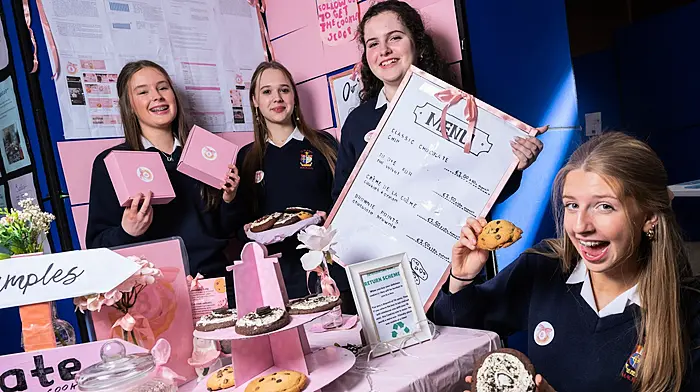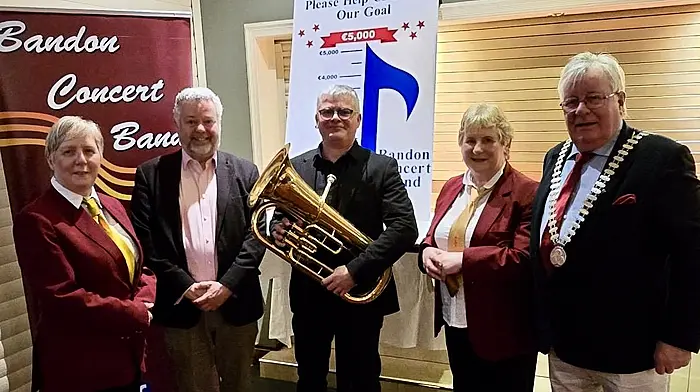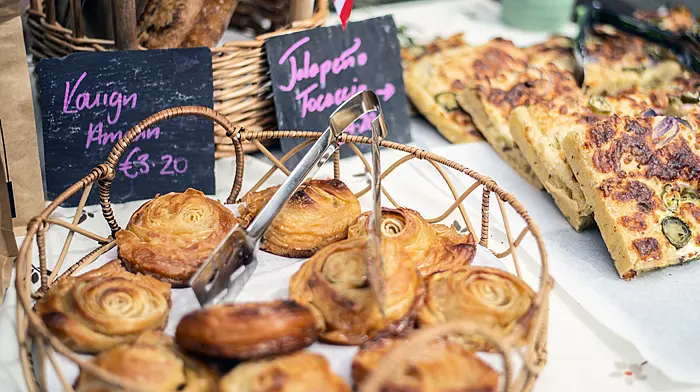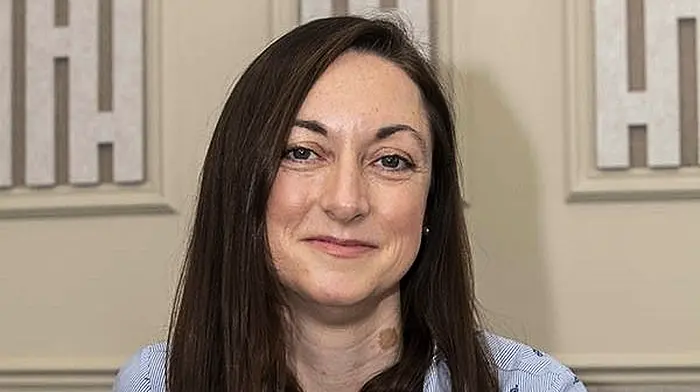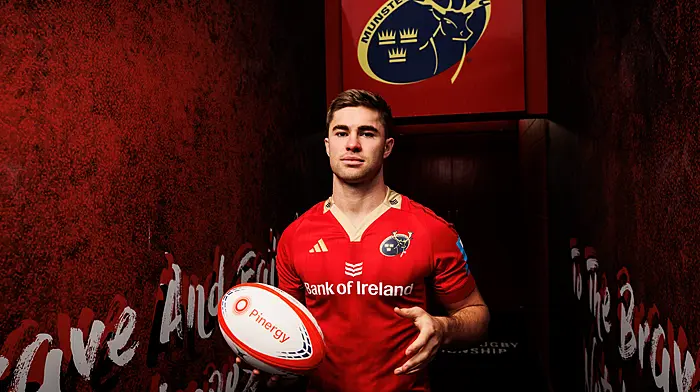MACROOM boasts an Indian population of about two hundred and many are from Kerala, a state in South-West India.
The community gathered in Clondrohid Community Hall on Saturday September 21st to celebrate Onam, Kerala’s major annual festival.
About 125 attended and included babies, toddlers, teenagers, university students, mams and dads and even some grandparents. All partook eagerly and, at the same time, calmly and in a dignified fashion.
Many came to Macroom for work. They work as nurses in Macroom Hospital and nursing homes. Several others work in IT or the universities.
Without them it is likely that our medical institutions could not function. From first-hand experience, I know that nurses’ work is characterised by kindness, caring, competence, diligence and intelligence. Socially they have founded cricket and chess clubs.
Kerala is an interesting state and has a population of about 33.5 million, of India’s 1.3 billion people. Geographically it is isolated because it is coastal and protected by the Ghat mountains. This isolation allowed it to develop its own language, Malayalim. After the 16th century Portuguese traders ‘found’ Kerala and infiltrated the country. It later came under British control and was a part of the British Raj and empire. These influences combined to shape the Kerala of today. Its population has about 50% Hindus/Buddhist, 25% Muslim, 20% Catholic and Syrian Orthodox and smaller numbers of Jains, Protestants, Jews and non-believers.
Its relative isolation, richness and a common language are powerful binding elements. India and Kerala have a long and honoured tradition of learning and scholarship, mathematics, arts, painting, sculpture, architecture, dance and singing, and in philosophy and meditation.
Today, Kerala has the highest level of literacy and third level education in India. Mythology is very important and is the origin of many of its festivals, celebrations and traditions. All sectors of the community buy into the mythology and customs, and probably this explains why the country is largely without racial or religious tensions.
The Onam is equivalent to the old Irish Festival of Lughnasa, a tradition that survives as harvest festivals as celebrated in places such as Bengour. In Clondrohid, people met, mingled and chatted, then children and adults participated in fun games. Pride of place was ‘the spoon and lemon’ race, with the spoon held by the teeth. For the younger children, a scramble for sweets scattered on the floor generated great merriment and excitement. A beautiful floral arrangement was a centre piece. A meal followed which was based on rice, spices of many sorts, fruit, bread, coconut and vegetables. Luckily I had a spoon but everyone else managed deftly with their fingers. People ate in relays and served in turns. Everyone helped cheerfully and eagerly. Music was played tastefully in the background, Keralan of course.
Chief organiser and MC Melba Vilson delicately kept order and ensured that events ran smoothly. After the meal ‘king’ Mahabali appeared and took his place on the stage. He was suitably armed with, crown, spear and royal vestments and with body decorations. According to Hindu legends, he is the ‘god’ who provides the harvest and ensures the survival and prosperity of the people. Official addresses were given by the chair of the Indian community, the ‘king’ and the invited guest, Con Kelleher.
Afterwards eight women danced a beautiful Keralan dance with great poise and elegance. With the formalities over, more social dancing and singing took place.
Another feature of the day was the beautiful clothes of men, women and children. Most men wore ‘mundus’, a type of sarong and had colourful tops. Some had trousers or mundus with long shirts in a wide range of colours that were vivid, but not gaudy. Women were the epitome of elegance with cream saris covered with rich and embroidered wraparounds, complimented by beautiful jewellery and head-dresses.
But perhaps the most endearing features were the tranquillity, pleasantness, friendliness, kindness and sense of fun of all. The children fully ‘bought into the day’ and thoroughly enjoyed the simple fun. Almost no one was on their mobile, another great reason why the day was so impressive and so enjoyable.
Our new Keralan neighbours and friends have brought enormous skills and wonderful attributes to our town. I am delighted with their presence and grateful for the contribution that they already have made and will make to Macroom and District.

